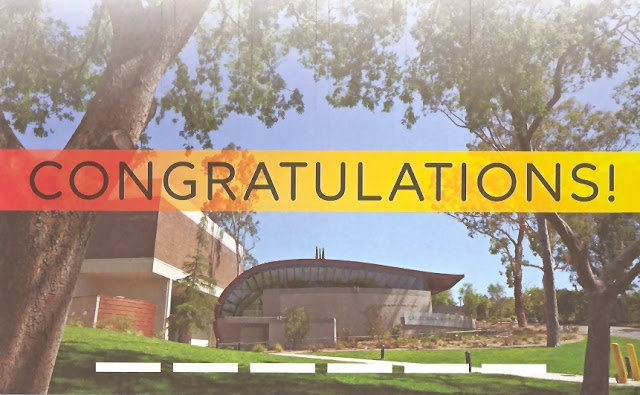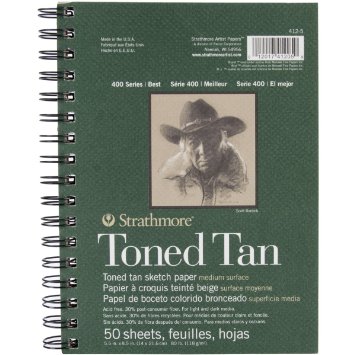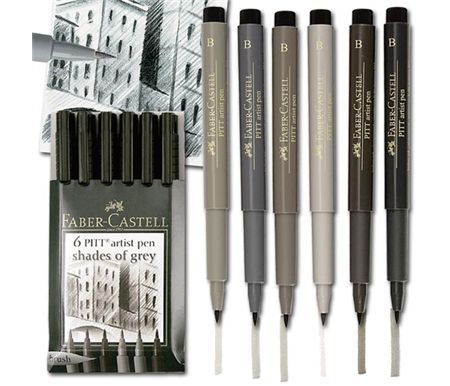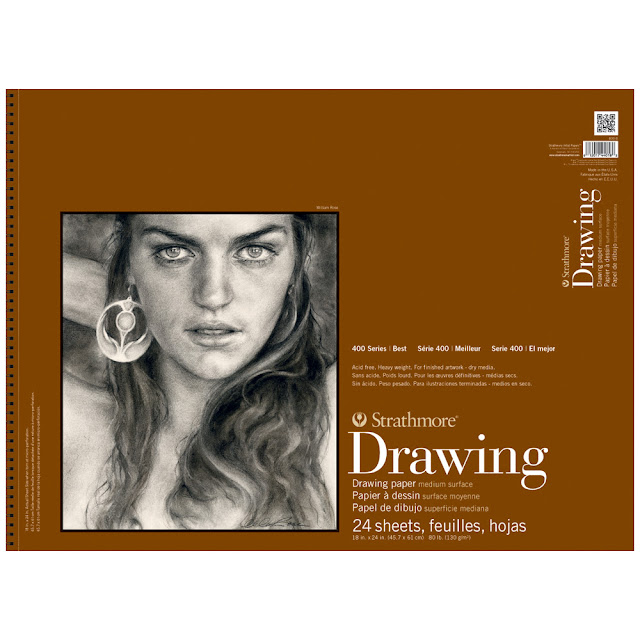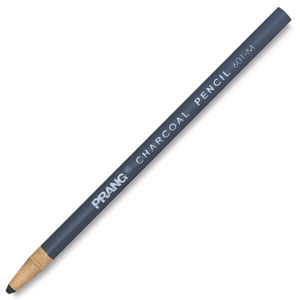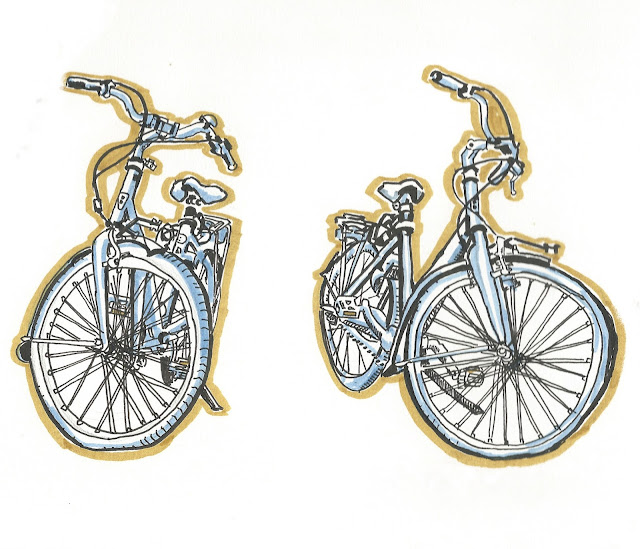Over the past few years, I’ve read a fair amount of books on learning how to draw, animate, tell stories, and the like. I know
you learn a lot from drawing on your own, but I like to also read about other
people’s experiences and advice. I think doing so can really help if you find
yourself wanting to improve your skills. A big part of me also just enjoys
reading these books because they are about what I love!
I’ve compiled my list of books through
teachers’ recommendations and info I have gathered here and there from podcasts
with well-known animators. Below are ten of my favorites! To those interested
in studying animation, I highly recommend reading these books before attending
school. Many of my classmates at CalArts already knew how to animate and had
read these books before their first year. Needless to say, these students did extremely
well on assignments and their films!
Books on animation
The Illusion of Life by Ollie Johnston and
Frank Thomas
I loved reading this book! Ollie Johnston
and Frank Thomas (two of the Nine Old Men, a group of animators known for their
incredible animation skills) give you the history of Disney animation and how animators
discovered the principles of animation for portraying the ultimate “illusion of
life.”
The Animator’s Survival Kit by Richard Williams
This is a book that time and again is
brought up in our classroom discussions on animation. The principles of animation
are very well explained. I felt like I saw these principles carried out
everywhere I looked in real-life after reading it.
Drawing
on the Right Side of the Brain taught me how
important it is to “be in the zone” while drawing. It’s a great book for
improving one’s observational skills.
Dynamic Figure Drawing by Burne Hogarth
As an artist, it is so important to be able
to draw from the imagination. For many, it is also the hardest thing to do!
Burne Hogarth helps you learn how to draw the human figure without any kind of
reference.
The Art of Animal Drawing by Ken Hultgren
The
Art of Animal Drawing is good for learning to draw
many kinds of animals, including horses, bunnies, lions and deer. But it is
also a great source of information about posing, roughing in, arcs, line
quality, and lines of action.
Disney-animator Walt Stanchfield was a
mentor to many co-workers and lead a series of lectures at the Walt
Disney Animation Studios in the 1970s-80s for improving drawing. These were then written down as reference for the artists at the studio and much later compiled by producer Don Hahn, who put it all together in a book split into two volumes. The result, Drawn to Life, is one of my favorite books! You can read about the impact the notes have had on story-artist Dave Pimentel, who attended the classes, right here. I've also found a promotional video for the book, with clips from the life-drawing sessions with Walt!
Books on story
I have been told by many teachers
that this is a must-read if you want to learn about story! Story explores how to effectively tell a story, so that you capture
an audience and create interesting plots. As Pixar director Pete Docter once
said, “there is no such thing as a lousy idea if it’s told well.”* Here, Pete
Docter is talking about the power of layout, but I think it holds true of
story-telling, as well. If you don’t execute a story well through effective
storylines, the idea itself seems to crumble.
Invisible Ink: A Practical Guide to Building Stories that Resonate by Brian McDonald
Invisible
Ink is a fairly quick read, and Brian McDonald’s
teachings about story principles are easily digested! Through his insights, he
manages to explain something extremely hard (story structure) and lay it out
simply in a way I haven’t seen in other books on story. I felt very inspired to
write a story and overcome any obstacles I may have with it after reading his
book!
Books on creative businesses
Creativity, Inc.: Overcoming the Unseen Forces That Stand in the Way of True Inspiration by Ed Catmull and Amy Wallace
Creativity, Inc. taught me about the origins of Pixar and
the struggles of establishing CGI animation. Ed Catmull, President of Pixar, writes about what
it means to have a creative vision and developing something new that no one has
seen before or imagined.
As much as I like to forget myself in a
world of fantasy, it is good to sometimes come down to planet Earth and connect
fantasy with reality. Creativity, Inc. gives
great insight to the business-side of making animated movies and entertainment
in general.
Books on art history
Gardner’s Art Through the Ages: A Global History by Christin J. Mamiya, Fred S Kleiner, and
Helen Gardner
Art history is not a main focus in our
animation studies at CalArts. Even so, we do discuss art styles, such as works
by Muybridge, Futurism in general and Bauhaus. Such art movements helped inform
the development of animation and some of its design aesthetics. This book will
teach you the foundations of art history and give you an understanding of
artistic terminology. Alternatively, another book that is also good for understanding art history is E.H. Gombrich's The Story of Art.
If you are interested in more books about
one of these subjects, I am happy to recommend more. And let me know if you
have any books you read and liked! These are just ten books that explain what I consider the essentials for understanding what makes the U.S. American animation industry tick.
*Docter, Pete.
Foreword to Setting the Scene: The Art and Evolution of Animation Layout,
by Fraser MacLean, 6-7. San Francisco, CA: Chronicle Books, 2011.















